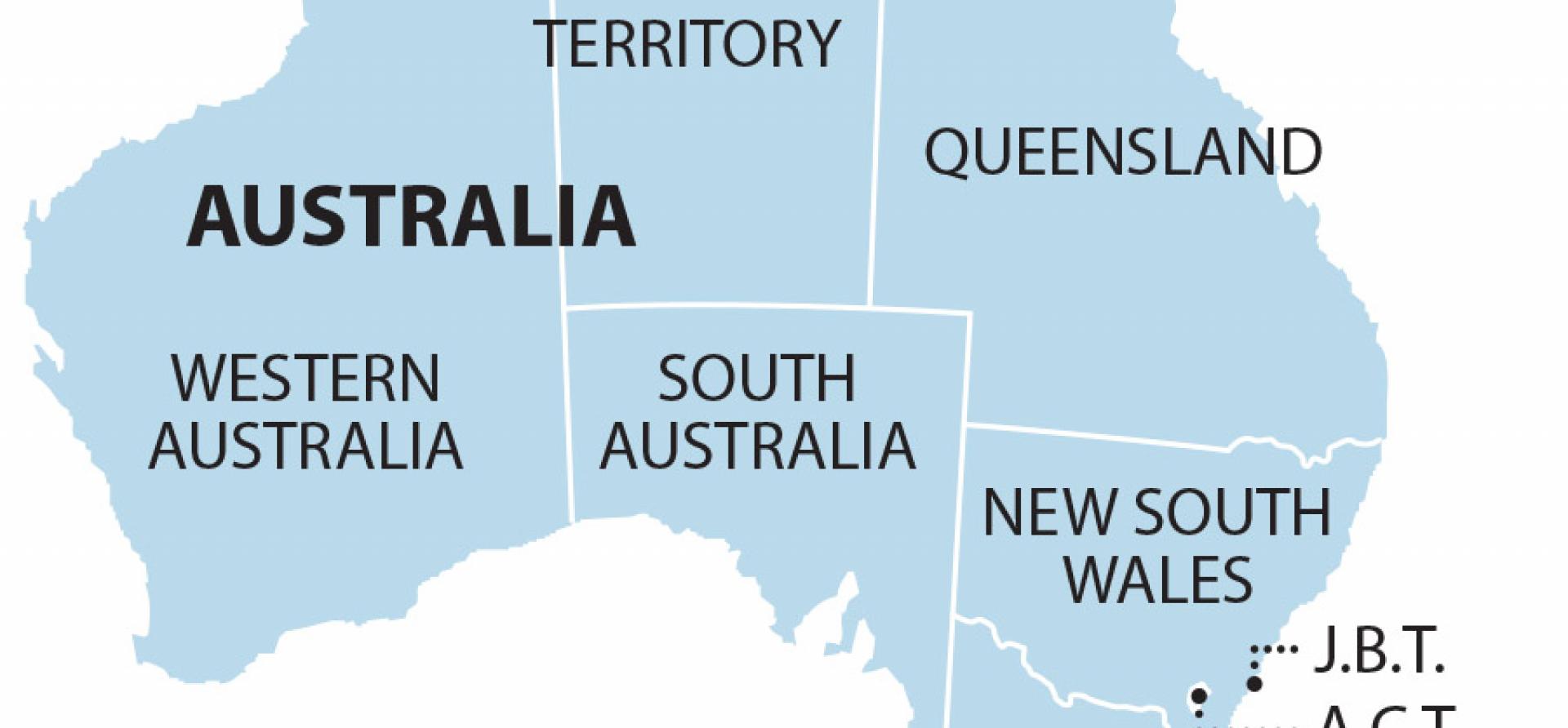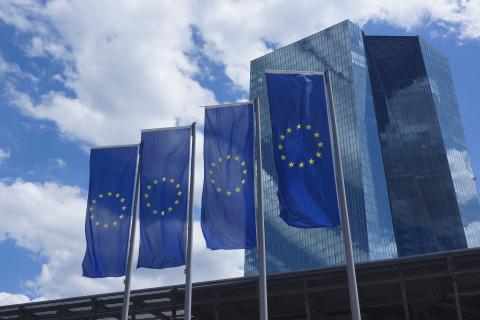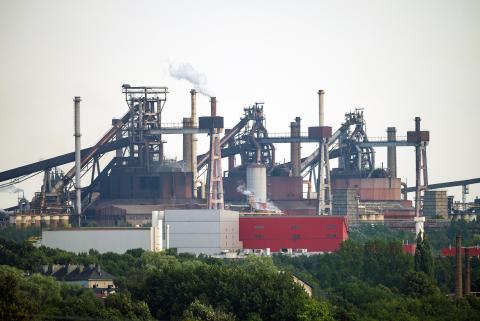IEEFA Update: Why Australia is a bigger carbon pariah than we think

The Glasgow summit on climate change is looming, and we continue to see Australia pretending to be a small emitter of carbon dioxide on the global stage.
We continue to see Australia pretending
It is not by any means. It’s all about Scope III emissions. A subject that Australian governments don’t want to hear about. Both sides of politics are no better than the other, they both put their electoral interests ahead of any vision for the future.
Australia has to share responsibility for China’s emissions
As other countries begin to reduce demand for our mining products, Australia will need that vision to replace wishful thinking that promotes statements such as: Technology will fix things; If we don’t sell carbon-intensive products someone else will; We’re only responsible for 1.5% of the total carbon dioxide emissions; It’s China and India that need to change, not us.
I find myself wondering what future Australian generations will come to think of our current decision-makers.
But let’s get to the heart of the matter, Scope III emissions. Australia puts out data on Scope I and Scope II emissions, covering what we burn here, fugitive emissions, and purchased electricity and other energy.
Scope III emissions for companies look at the whole supply chain, such as transporting resources and, most important of all, the use of our supplied products.
So, for example, if we dig out a lump of coal, it doesn’t contribute much to global CO2. But when we ship it, and someone else burns it, the carbon dioxide release is much larger.
We don’t publish official Scope III emissions in Australia
To say we dig it out and supply it, but hey it’s not our responsibility if they choose to burn it, ignores the world our grandchildren will face.
It’s like those ads on television that push sports betting and other forms of gambling: Here is the product to bet all you want, but please be responsible with betting.
We don’t publish official Scope III emissions in Australia and, to be fair, part of the reason is that full supply chain calculations are not easy to make and only a handful of large-sophisticated companies do so.
Fortunately, these do include large mining companies such as BHP and Rio Tinto. They deserve credit for doing so (and may yet be the ones to take leadership for a sensible climate strategy). So, using factors from their calculations we can have a go at applying them to just three basic product types: metals, petroleum/gas and coal, for Australia as a whole. If someone can supply better Scope III data, please do so. But, in the meantime, let’s try to put some magnitude on our supply chain responsibility.
From 1.15pc to 9.4pc of emissions
In a nutshell, we take the mining company Scope I, II and III calculations, excluding anything produced in their overseas operations (like the Gulf of Mexico, Canada, etc).
The factors from this calculation are then applied to the government Scope I and II carbon dioxide data for metals, petroleum products and coal for the whole country. This focus is on mining and excludes Scope III from other industries.
Calculated this way, Australia is responsible for a total of 3320 million tonnes (Mt) of carbon dioxide in 2019, roughly five times the official Scope I and II number. Instead of 1.15% of global carbon dioxide, Australia would be responsible for 9.4% of the world’s carbon dioxide, third place globally.
Australia would be responsible for 9.4% of the world’s carbon dioxide, third place globally
If every country calculated their carbon dioxide including Scope III in this full supply chain sense, our Scope III carbon dioxide would need to be removed from other country’s numbers to avoid double counting.
Should such large numbers be a surprise? Australia is the largest exporter of iron ore, gas and metallurgical coal. It runs second in thermal coal. They are smelted and burned away from our shores.
This sheeting of supply chain responsibility to the home country, of course, is not going to happen. But these back of the envelope calculations illustrate the magnitude of the responsibility that Australia wishes to disown.
It is a case of “please take our products and if you choose to use them, well then it is nothing to do with us”.
Instead, both sides of politics duck and weave. Like swearing they didn’t ask the UK to go easy on them in the free trade agreement (FTA). Or the frenzied diplomacy to stop the UNESCO World Heritage Centre from declaring that our Great Barrier Reef is “in danger”, astounding as that seemed to most Aussies. All upside you would think.
But there were the coal ships to Japan, China, India and Korea to think of. Promises about zero net emissions in 2050 without pricing carbon because they will use things like carbon capture technology (that doesn’t deliver).
I suspect a future government dealing with the mess of climate change will probably apologise
The government of the biggest mining state literally crowing about growth and its budget surplus that is no fault of its own and oblivious to Australia’s large Scope III role in climate change.
All the while catastrophic climate events trend upwards. In the 1980s, such events averaged 292 a year, according to Munich Re, then 462 a year, in the 1990-2010 period, 730 in the last decade, and a record 980 in 2020.
I asked earlier what future generations will think of our current decision-makers? I suspect a future government dealing with the mess of climate change will probably apologise to the nation for the short-sighted leaders of today who didn’t have a plan that included our kids.
By guest contributor Adrian Blundell-Wignall
This commentary first appeared in the Australian Financial Review on 13 September.
Related articles:











